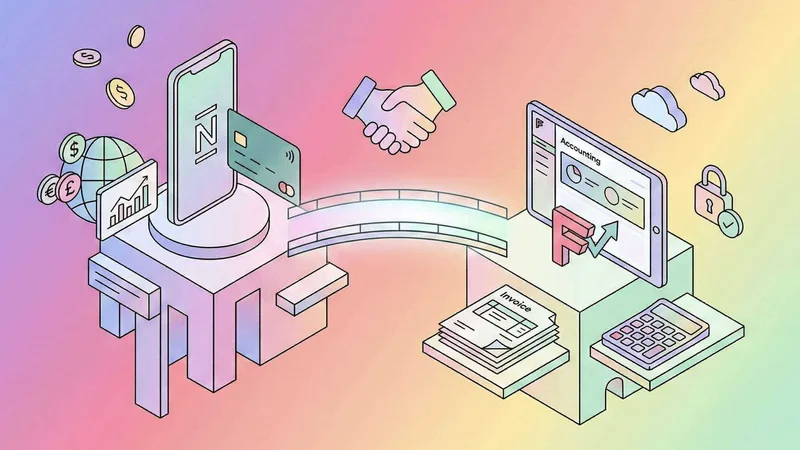
🏦 Which professional bank should you choose in 2026: N26 Business or Finom?
N26 Business is the bank for independent travelers. Finom positions itself as the all-in-one financial tool for SMEs and freelancers.

Discover our latest articles and news

N26 Business is the bank for independent travelers. Finom positions itself as the all-in-one financial tool for SMEs and freelancers.
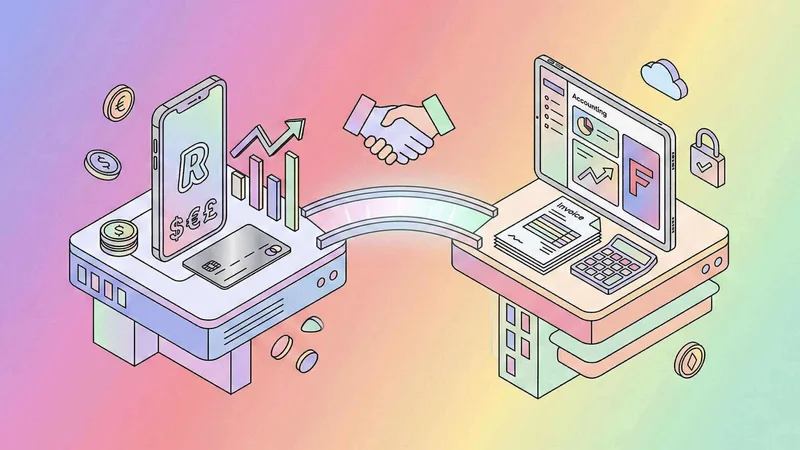
For your professional account, the choice between Revolut Business And Finom depends on the nature of your business. The first has established itself as the reference for the international companies, while the second positions itself as the all-in-one financial tool for SMEs and freelancers. However, while each solution excels in its field, they share a major flaw: they do not offer direct financing to support your growth.
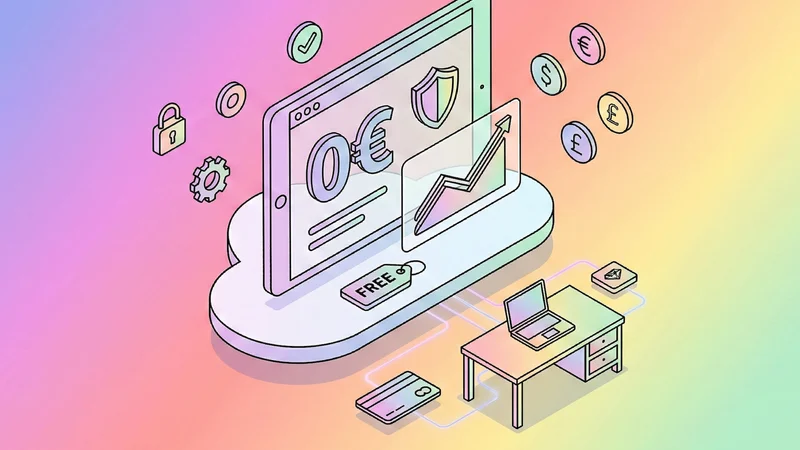
The market for corporate financial solutions is booming and more and more are proposing a free online business account.
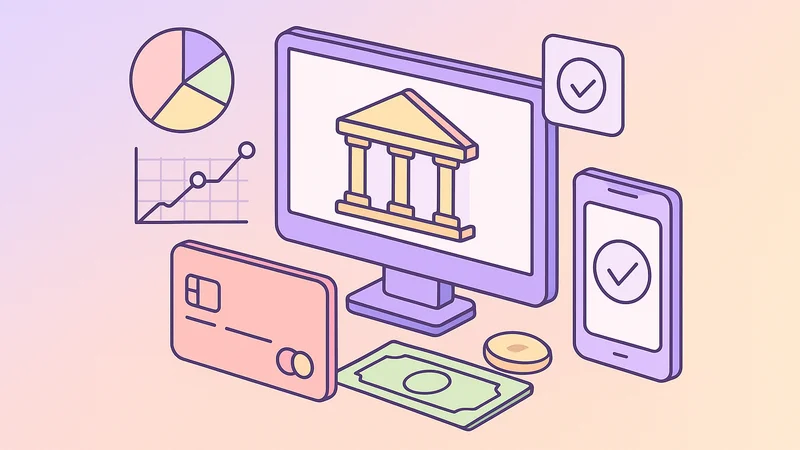
You appreciate N26 Business's smooth mobile app and reduced foreign fees, but you feel like your growth is being held back by some of their limitations?

Wise and Revolut Business are two giants in international transactions. Wise focuses on transparency and the real exchange rate; Revolut on a broader range of services. Their common weakness? Neither offers simple and fast financing for your cash flow needs.

N26, Revolut, and Wise are three major players for international businesses. N26 targets the mobile freelancer, Wise absolute transparency on exchange fees, Revolut the most comprehensive platform. Their common weakness? None offer simple and fast financing for your UK cash flow needs.

Hesitating between N26 and Wise for your business account? Their common weakness? Neither offers simple and fast financing for your cash flow needs.

Qonto offers a comprehensive management platform for French/European SMEs. Wise Business focuses on one thing: international payments at the real rate. Their weakness? They aren't designed to finance your local cash flow.

N26 Business targets sole traders looking for a free mobile bank. But is it suitable if you switch to a Limited Company or if you need cash flow?

Qonto, with its 600,000 customers across Europe, attracts many professionals thanks to its modern interface and 24/7 support. But is this business account really suitable for companies with growth ambitions?

Wise Business is a very popular solution for companies that work internationally. Its promise of low exchange fees and transparency is appealing. But is this account truly suitable for French small and medium-sized businesses (SMBs) with growth ambitions?
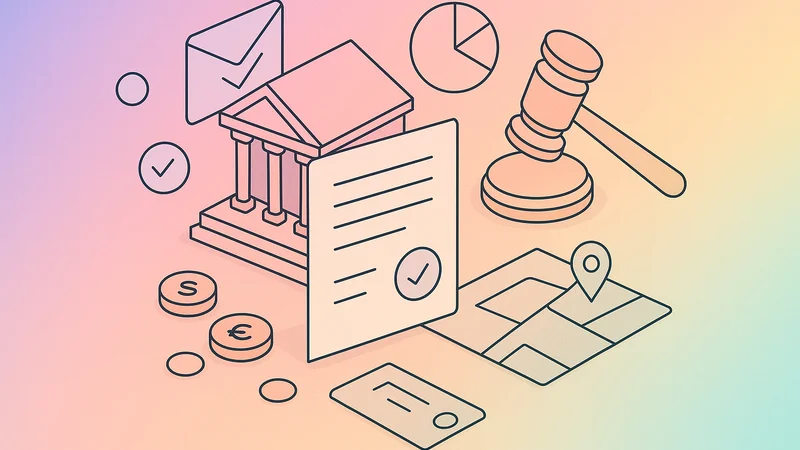
When a business customer fails to pay despite reminders, an injunction to pay is a quick and inexpensive way to get your money back without going to court.

Do you have a customer who hasn't paid his bill and you're thinking of launching an injunction to pay? First and foremost, you need to know which court to apply to. A mistake as to which court has jurisdiction can delay proceedings considerably, or result in outright dismissal. In this article, we explain how to identify the right court depending on the type of dispute and your debtor's place of residence.
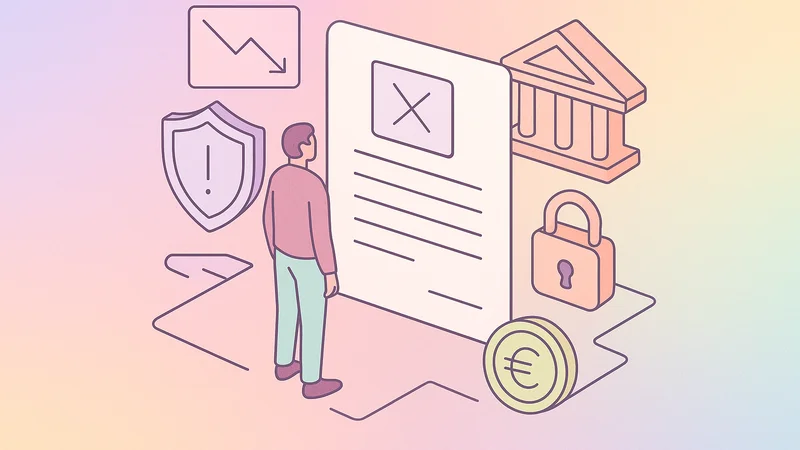
When a customer goes into receivership, it's often a cold shower. Payments frozen, uncertainty over current contracts, potential loss of sales... Every year, more than 30,000 companies are affected by receivership proceedings in France, according to Insee). And when you're a supplier or service provider, it's best to react quickly to limit the damage.
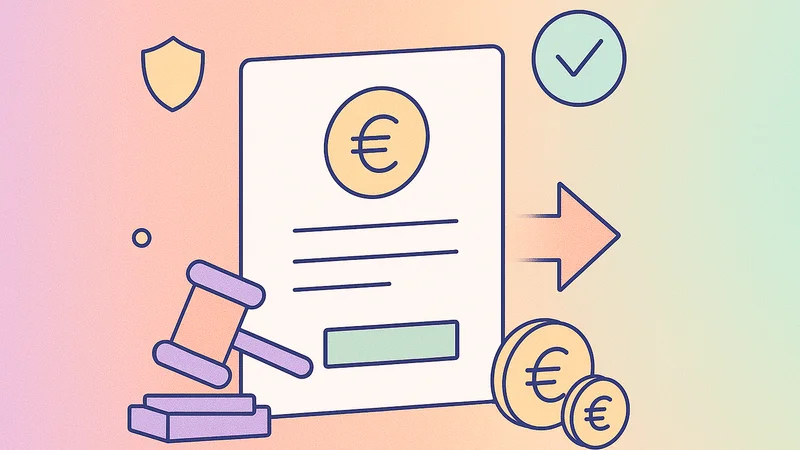
An order for payment procedure remains affordable, but costs can quickly escalate if you use intermediaries or if the debtor contests. Find out what costs to expect, item by item.
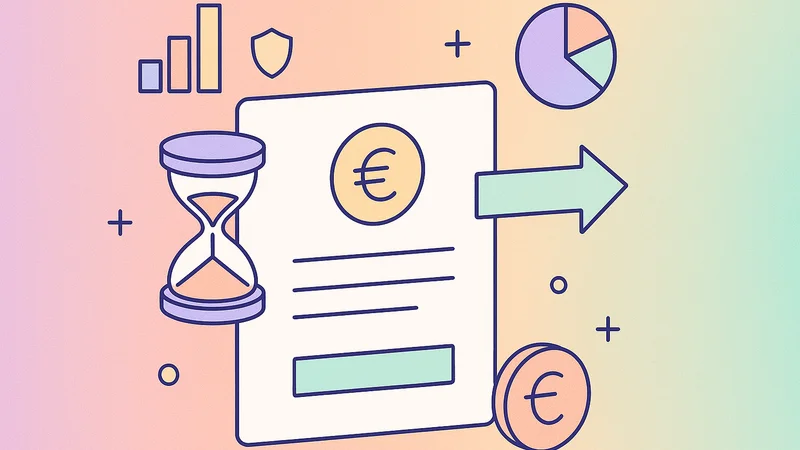
An injunction to pay enables you to recover a debt without having to go through a long and costly trial. But beware: this title has a limited period of validity. Failure to respect the time limits can render the procedure useless.
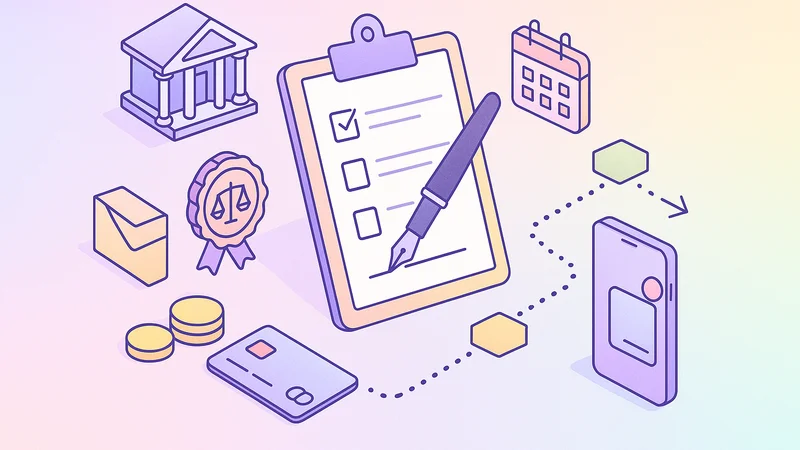
The injunction to pay form is simple on the surface, but a mistake can cost you several weeks. Find out how to fill it in correctly to avoid rejection by the court.

Collecting an unpaid invoice is a key step in preserving your company's cash flow. Yet many professionals are reluctant to take this step, due to a lack of guidance on how to proceed. Whether it's a simple delay or a refusal to pay, there are both amicable and legal solutions.

Charging late payment penalties can help offset the effects of late payment, provided certain rules are observed. Find out how.
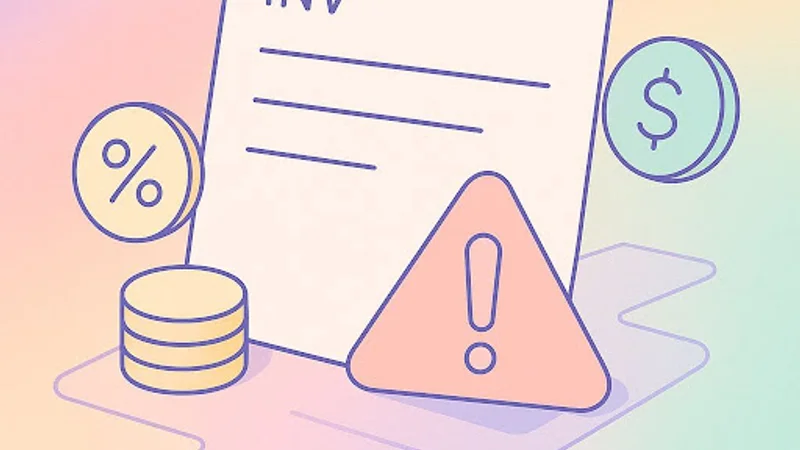
When a customer pays late, the law allows you to apply penalties. But at what rate? How do you calculate them? And above all, how can you avoid mistakes?
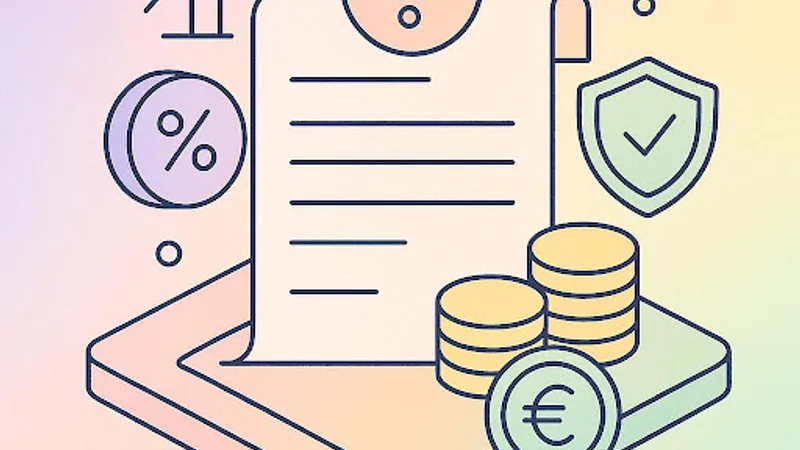
When a customer delays payment, you can charge interest to compensate for the delay. This is known as legal interest. Set by the French government, they vary according to the nature of the creditor (private or professional) and change every six months. But when should interest be charged? And how can you calculate them without error?